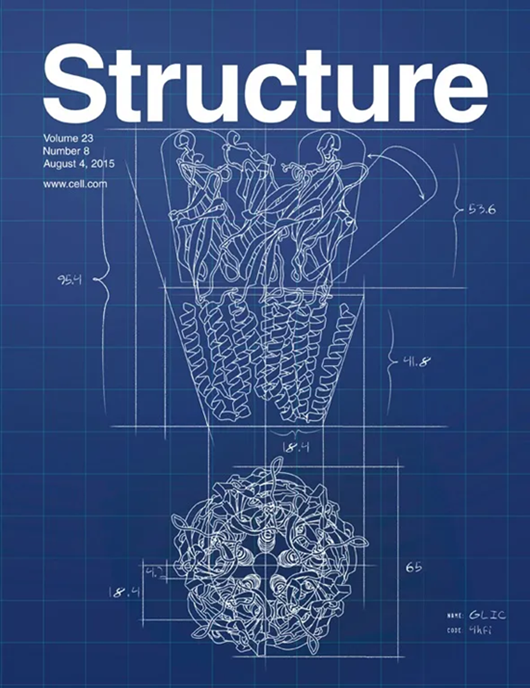A comprehensive engineering strategy improves potency and manufacturability of a near pan-neutralizing antibody against HIV
IF 4.3
2区 生物学
Q2 BIOCHEMISTRY & MOLECULAR BIOLOGY
引用次数: 0
Abstract
Anti-HIV envelope broadly neutralizing antibodies (bnAbs) are alternatives to conventional antiretrovirals with the potential to prevent and treat infection, reduce latent reservoirs, and/or mediate a functional cure. Clinical trials with “first-generation” bnAbs used alone or in combination show promising antiviral effects but also highlight that additional engineering of “enhanced” antibodies will be required for optimal clinical utility, while preserving or enhancing Current Good Manufacturing Practices (cGMP) manufacturing capability. Here, we report the engineering of an anti-CD4-binding site (CD4bs) bnAb, N49P9.3. Through a series of rational modifications, we produced a variant, N49P9.6-FR-LS, that demonstrates enhanced potency, superior antiviral activity in combination with other bnAbs, low polyreactivity, and longer circulating half-life. Additional engineering for manufacturing produced a final variant, eN49P9, with properties conducive to cGMP production. Overall, these efforts demonstrate the feasibility of developing enhanced anti-CD4bs bnAbs with greatly improved antiviral properties as well as potential translational value.

一个全面的工程策略,提高效力和制造近泛中和抗体抗艾滋病毒
抗hiv包膜广泛中和抗体(bnAbs)是传统抗逆转录病毒药物的替代品,具有预防和治疗感染、减少潜伏库和/或介导功能性治愈的潜力。“第一代”bnab单独使用或联合使用的临床试验显示出有希望的抗病毒效果,但也强调了“增强型”抗体的额外工程将需要获得最佳临床效用,同时保持或增强现行良好生产规范(cGMP)的生产能力。在这里,我们报道了一个抗cd4结合位点(CD4bs) bnAb, N49P9.3的工程。通过一系列的合理修饰,我们产生了一个变体N49P9.6-FR-LS,它具有增强的效力,与其他bnAbs联合具有优异的抗病毒活性,低多反应性和更长的循环半衰期。额外的工程制造产生了最终的变体,eN49P9,具有有利于cGMP生产的性能。总的来说,这些努力证明了开发增强抗cd4bs抗体的可行性,该抗体具有大大提高抗病毒性能和潜在的翻译价值。
本文章由计算机程序翻译,如有差异,请以英文原文为准。
求助全文
约1分钟内获得全文
求助全文
来源期刊

Structure
生物-生化与分子生物学
CiteScore
8.90
自引率
1.80%
发文量
155
审稿时长
3-8 weeks
期刊介绍:
Structure aims to publish papers of exceptional interest in the field of structural biology. The journal strives to be essential reading for structural biologists, as well as biologists and biochemists that are interested in macromolecular structure and function. Structure strongly encourages the submission of manuscripts that present structural and molecular insights into biological function and mechanism. Other reports that address fundamental questions in structural biology, such as structure-based examinations of protein evolution, folding, and/or design, will also be considered. We will consider the application of any method, experimental or computational, at high or low resolution, to conduct structural investigations, as long as the method is appropriate for the biological, functional, and mechanistic question(s) being addressed. Likewise, reports describing single-molecule analysis of biological mechanisms are welcome.
In general, the editors encourage submission of experimental structural studies that are enriched by an analysis of structure-activity relationships and will not consider studies that solely report structural information unless the structure or analysis is of exceptional and broad interest. Studies reporting only homology models, de novo models, or molecular dynamics simulations are also discouraged unless the models are informed by or validated by novel experimental data; rationalization of a large body of existing experimental evidence and making testable predictions based on a model or simulation is often not considered sufficient.
 求助内容:
求助内容: 应助结果提醒方式:
应助结果提醒方式:


